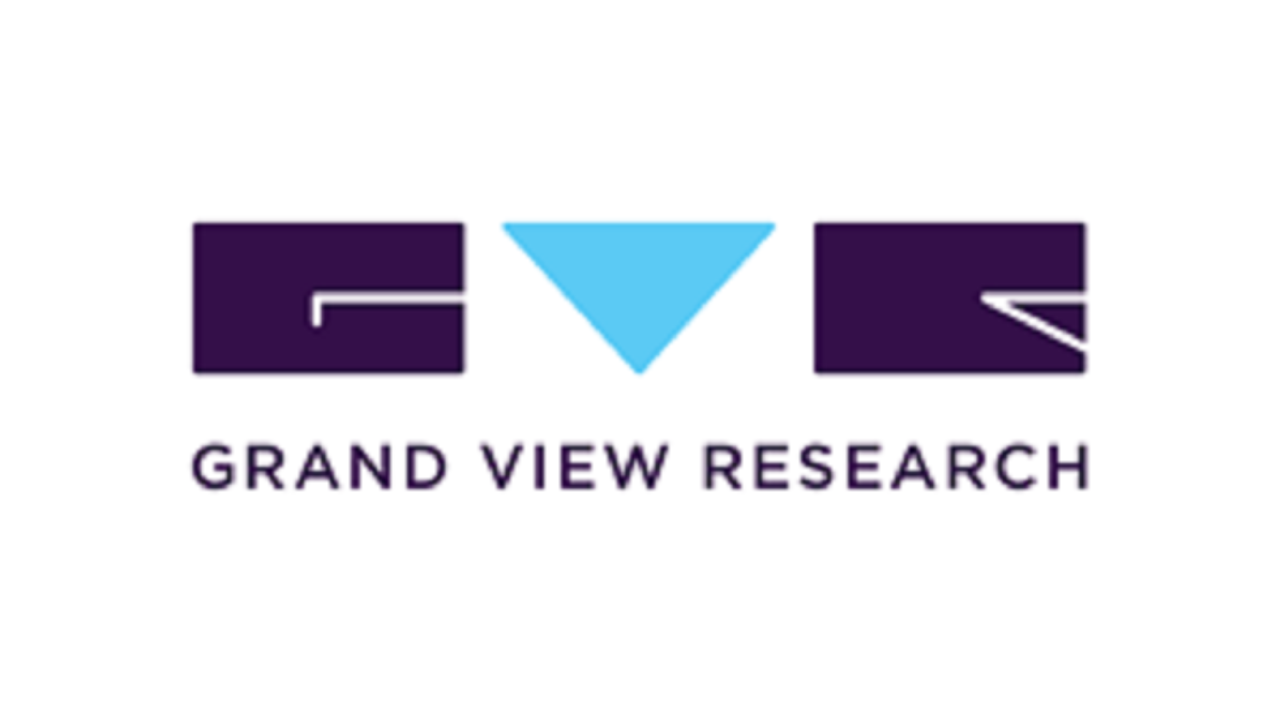
According to a recent report published by Grand View Research, Inc., the global algorithmic trading market is projected to reach a valuation of USD 42.99 billion by 2030, growing at a compound annual growth rate (CAGR) of 12.9% from 2025 to 2030. This robust growth trajectory is primarily driven by the growing need for trading solutions that offer efficient, accurate, and rapid order execution, along with the benefit of lower transaction costs. Algorithmic trading systems are designed to automate the process of placing and executing orders using predefined instructions, which factor in elements such as timing, price, and trade volume.
A key component of this market is the widespread adoption of high-frequency trading (HFT) technology by professional investors and algorithmic traders. This advanced technology enables trading firms to execute tens of thousands of trades per second, offering significant advantages in speed and market responsiveness. In addition to high-frequency trading, algorithmic trading tools are also employed for a variety of strategic purposes including arbitrage, order execution optimization, and trend-following trading strategies. The increasing volume of global financial trading is placing greater demands on trading desks to enhance execution efficiency and accuracy, which in turn is expected to stimulate further demand for algorithmic trading solutions.
Furthermore, the market is expected to benefit significantly from the growing adoption of algorithmic trading platforms by brokerage firms and institutional investors, who are under pressure to minimize trading costs while handling increasingly complex and sizable orders. These market participants are leveraging algorithmic systems to execute large volumes of trades with greater precision and lower market impact. Additionally, businesses across different geographies are using these platforms to generate market liquidity, making algorithmic trading a crucial component of the modern financial ecosystem.
Get a preview of the latest developments in the Algorithmic Trading Market? Download your FREE sample PDF copy today and explore key data and trends.
Frequently Asked Questions (FAQ) About the Algorithmic Trading Market
1. What is the projected size of the global algorithmic trading market?
The global algorithmic trading market was valued at USD 21.06 billion in 2024 and is expected to reach USD 42.99 billion by 2030, growing at a compound annual growth rate (CAGR) of 12.9% from 2025 to 2030.
2. What factors are driving the growth of the algorithmic trading market?
Key drivers include:
• Demand for efficient and reliable order execution: Traders seek systems that can process orders quickly and accurately.
• Reduction in transaction costs: Algorithmic trading helps minimize trading expenses.
• Advancements in technology: Integration of machine learning and artificial intelligence enhances trading strategies.
• Increased trading volumes: Higher volumes necessitate automated solutions for effective management.
3. Which regions are leading in algorithmic trading adoption?
North America held the largest market share in 2024, accounting for approximately 33.6%. The region’s growth is attributed to significant investments in trading technologies and the presence of numerous algorithmic trading firms.
4. What are the challenges faced by the algorithmic trading market?
Challenges include:
• Regulatory Compliance: Ensuring adherence to financial regulations.
• Data Security: Protecting sensitive trading data from breaches.
5. Who are the key players in the algorithmic trading market?
Prominent companies in the market include:
• BNP Paribas Leasing Solutions
• AlgoTrader
• Argo Software Engineering
• InfoReach, Inc.
• MetaQuotes Ltd.
• Symphony
• Tata Consultancy Services Limited
• VIRTU Finance Inc.
• AlgoBulls Technologies Private Limited
Order a free sample PDF of the Algorithmic Trading Market Intelligence Study, published by Grand View Research.